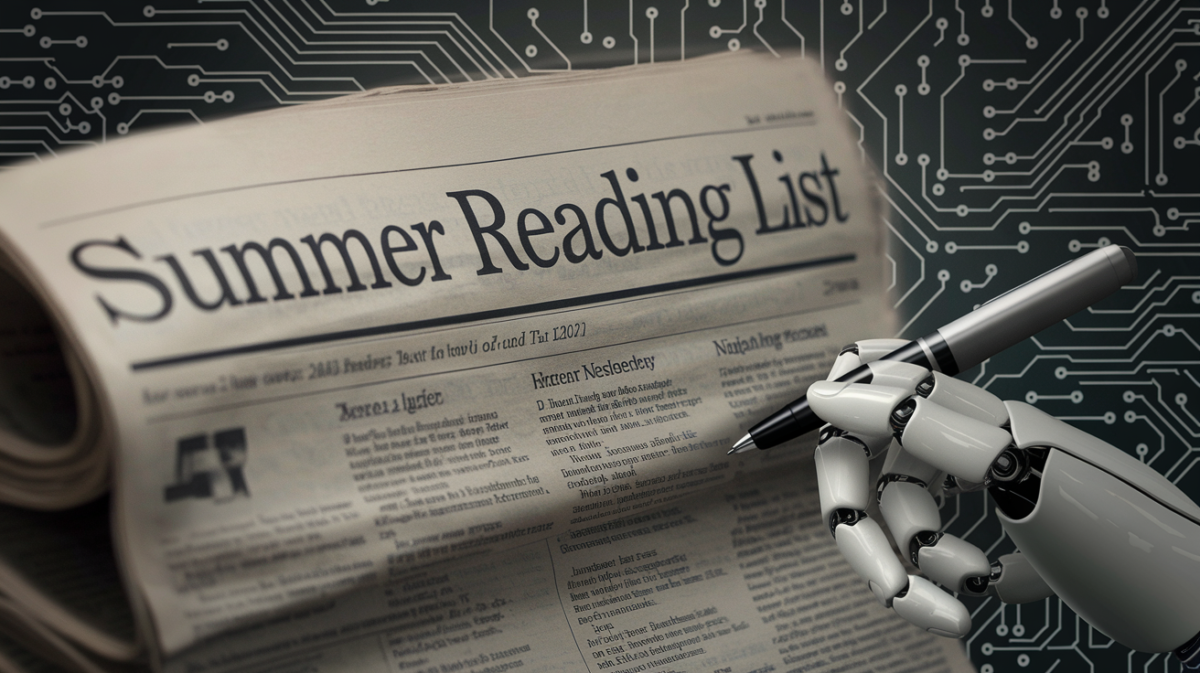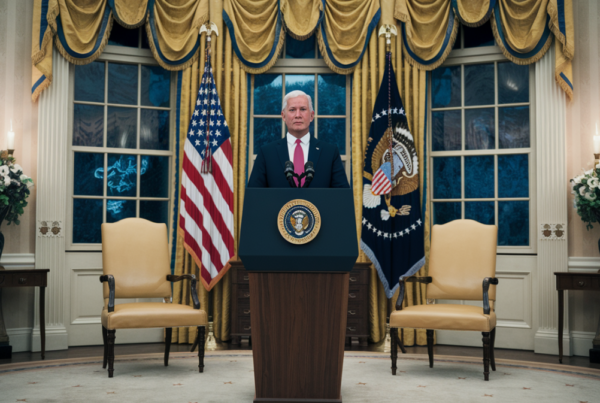How AI Misinformation Made Its Way into Print
In May 2025, two prominent U.S. newspapers—the Chicago Sun-Times and The Philadelphia Inquirer—published a “Heat Index” supplement featuring a summer reading list for the year. The list, however, contained several fictitious book titles attributed to real authors, including “Tidewater Dreams” by Isabel Allende. The content was later revealed to have been largely generated by freelance writer Marco Buscaglia using AI tools like ChatGPT, with minimal fact-checking. This oversight led to the dissemination of inaccurate information, including misquoted authors and fabricated expert affiliations.
The Fallout: Newspapers Respond
Both newspapers swiftly condemned the inaccuracies, acknowledging that the incident violated their editorial policies. The Chicago Sun-Times issued a statement emphasizing their commitment to factual reporting, while The Philadelphia Inquirer pledged to review their vetting processes for freelance contributions. The incident has sparked a broader conversation about the role of AI in journalism and the risks of unchecked automation.
The Challenges of AI in Journalism
The episode underscores the dual-edged nature of AI in media. While AI can accelerate content creation and reduce costs, it also introduces significant risks:
- Misinformation: AI-generated content can include false or misleading details if not rigorously fact-checked.
- Loss of Human Nuance: AI lacks the contextual understanding and ethical judgment of human journalists.
- Reputation Damage: Publishing unverified AI content can erode public trust in media outlets.
Public Reaction and Ethical Concerns
The incident has fueled debates on platforms like Reddit and YouTube, where users have expressed concerns about the growing reliance on AI for content creation. Many argue that human oversight is non-negotiable to prevent the spread of false information. As one Reddit user noted, “AI is a tool, not a replacement for critical thinking.”
AI vs. Human Journalism: A Comparison
| Factor | AI-Generated Content | Human-Written Content |
|---|---|---|
| Speed | Fast, scalable | Slower, requires research |
| Accuracy | Prone to errors without oversight | Higher, with proper fact-checking |
| Creativity | Limited to existing data patterns | Original, nuanced |
| Ethical Judgment | Absent | Guided by editorial standards |
Lessons Learned and the Path Forward
The incident serves as a cautionary tale for media organizations experimenting with AI. While the technology offers efficiency, it cannot replace the rigor of human journalism. Key takeaways include:
- Implement stricter vetting: AI-generated content must undergo thorough review before publication.
- Transparency: Readers should be informed when AI tools are used in content creation.
- Invest in training: Journalists and editors need to understand AI’s limitations and risks.
Conclusion
The publication of an AI-generated reading list in major newspapers highlights both the potential and pitfalls of automation in journalism. As the industry navigates this evolving landscape, the balance between innovation and integrity will be crucial. For now, one thing is clear: human oversight remains indispensable in ensuring accurate, trustworthy reporting.







